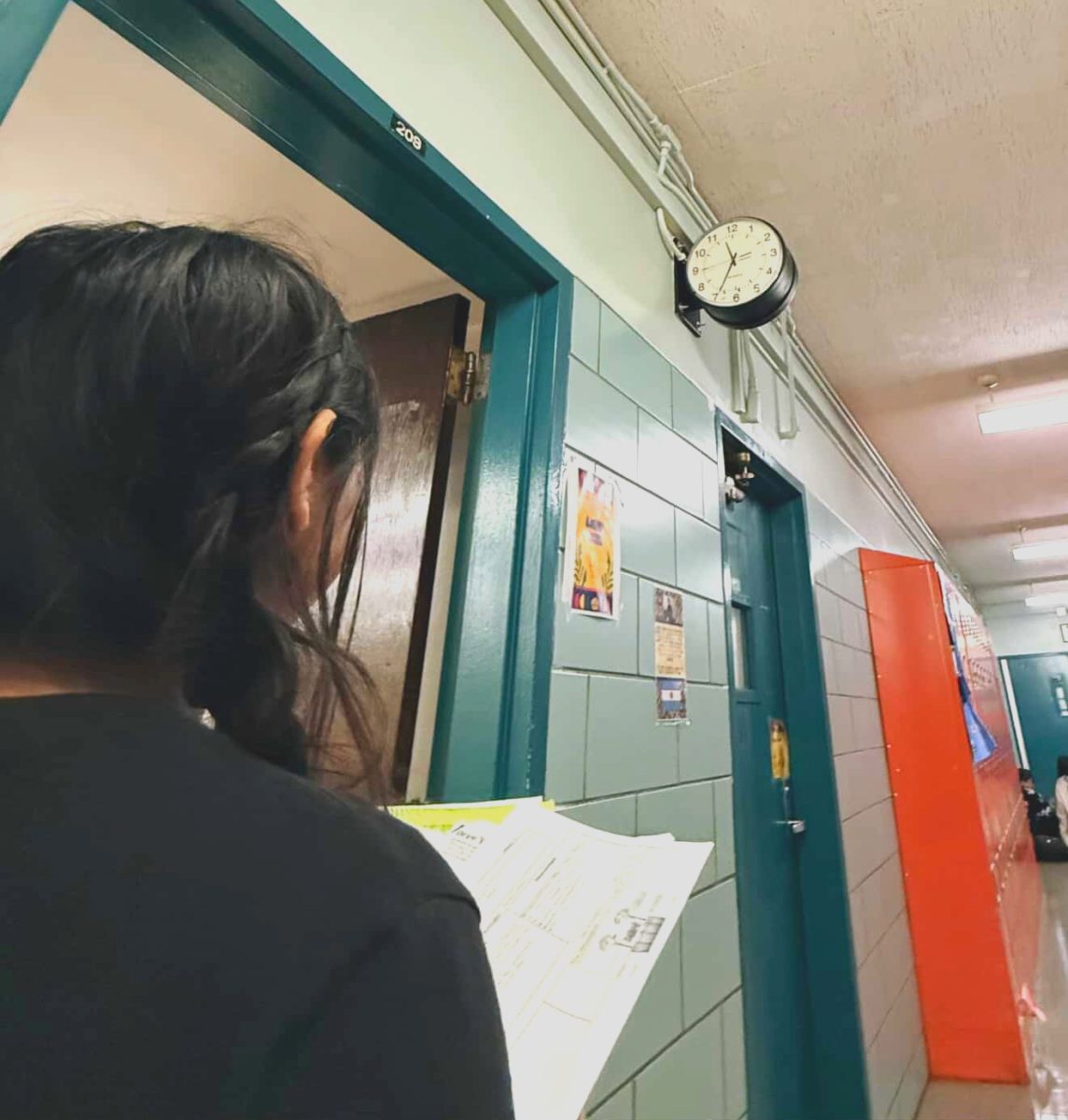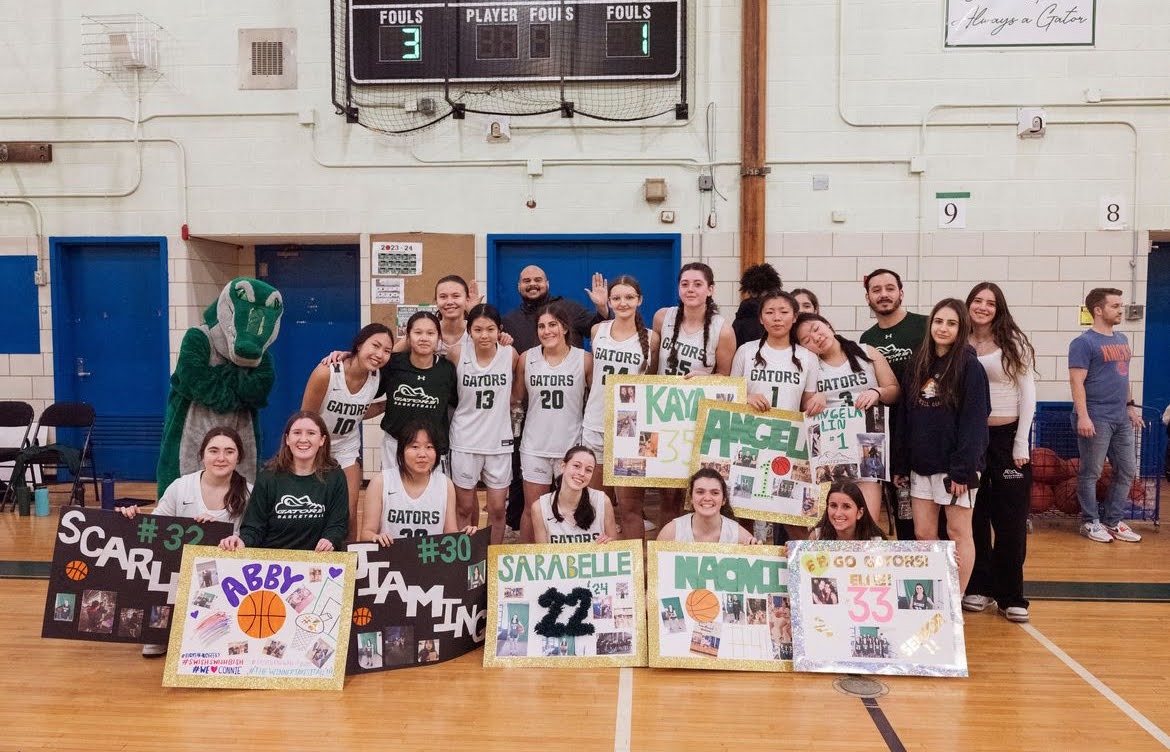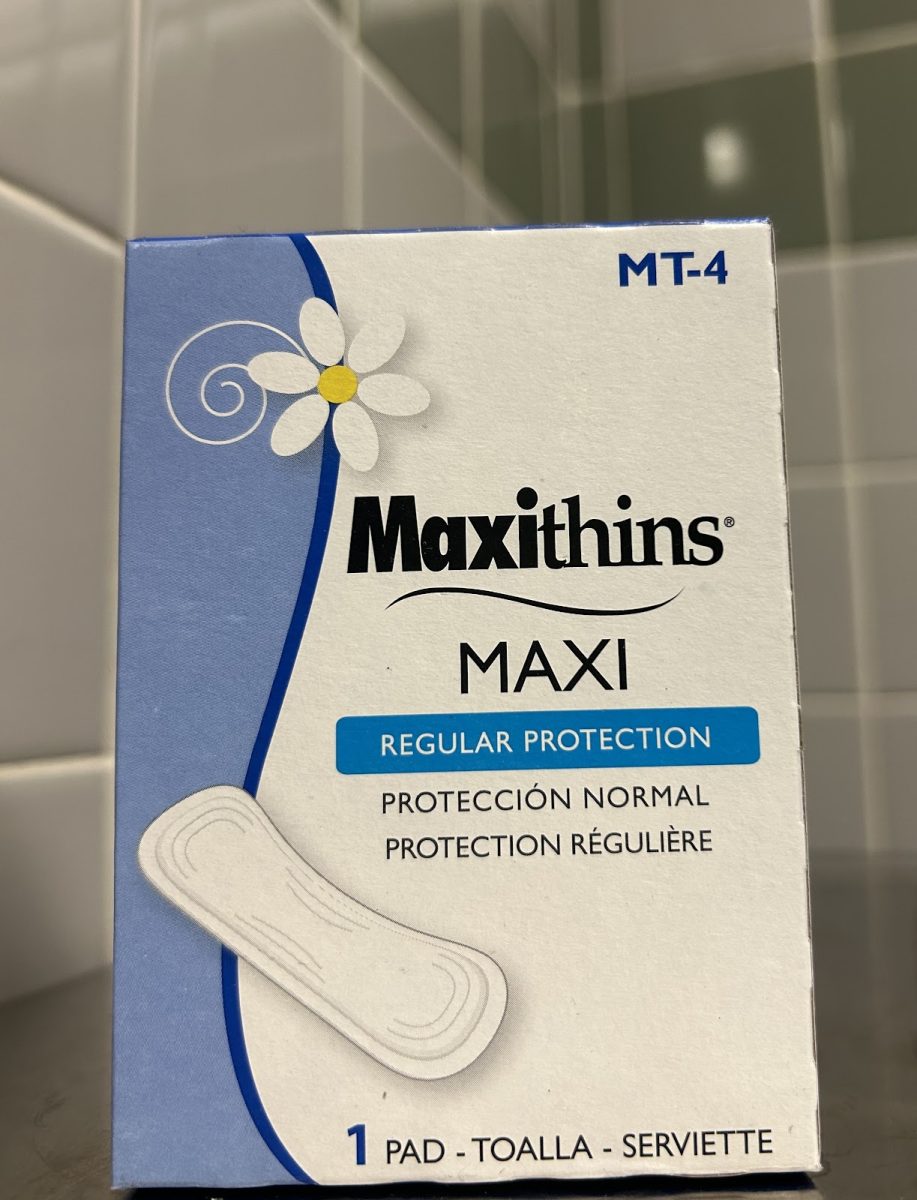A period is an uncontrollable occurrence, once a month which deserves more attention. Having a period can greatly impact a school day, whether that be being in pain throughout the day or having to stay home altogether.
This has been somewhat addressed by the government and we are seeing the effects in schools specifically in New York as they have begun to provide menstrual products however there are further steps that can be taken.
Nurses are not permitted to provide ibuprofen (advil, tylenol, midol or motrin) to students unless there is written consent provided from the parents as well as an unopened bottle of the medication. This is somewhat understandable in that a student might have an unexpected reaction to this medication, making the school liable. However, periods can cause migraines, nausea, dizziness, headaches and extremely painful cramps. So when sitting in class in extreme pain, it is frustrating that going to the nurse won’t solve this problem.
While schools can’t do anything about the laws regarding medication distribution, they can control the distribution of menstrual products. The least a school can do is to provide menstrual products in the bathrooms and in the nurse’s office allowing students to be slightly more comfortable and able to pay attention in class.
Many people who don’t experience periods tend to belittle the pain and discomfort, stating that it simply can’t be that bad. Dysmenorrhoea otherwise known as period pain, can include cramping in the pelvic area, pain in the stomach, lower back and legs, or a constant dull ache (The Better Health Channel).
Periods can be unbearable at times, so anything to alleviate the discomfort is wildly helpful. According to Loma Linda University of Health, “Lacking access to menstrual products is defined as period poverty, which can be linked to poor education, missed workdays, urinary tract infections, and depression.” The simple act of providing menstrual products in schools is greatly beneficial.
Providing menstrual products in schools can not only aid in unexpected periods, they can also aid in the access to period products for lower income students. According to the 2021 State of the Period, 1 in 5 students struggle to afford menstrual products. Period poverty “can be defined as the lack of access to safe and hygienic menstrual products during monthly periods and inaccessibility to basic sanitation services or facilities as well as menstrual hygiene education” (Period Poverty: A Neglected Public Health Issue; National Library of Medicine).
One might argue schools that don’t provide period products do so due to a lack of funding, however that is something of a case by case basis. This is due to the fact that while “25 states and Washington D.C. have passed legislation to help students who menstruate have free access to period products while in school”, New York and ten other states require menstrual products to be provided with no funding specifically for that. States including California, Connecticut, Hawaii, Maryland, Minnesota, New Jersey, New Mexico, Ohio and Oregon require these products with funding provided. There are steps being taken, however there are still 25 states that have no requirements for menstrual products in schools.
I have spoken to many students who have commented on the poor quality of pads provided by the school. Initially I thought that this was due to a lack of attention to quality by the school itself however upon researching, I found that in New York, while it is necessary to have menstrual products, there is no provided funding.
Hopefully in the future the government will provide funding not only to states such as California, but to states such as New York so that not only can the products be provided, they can be of good quality.



























